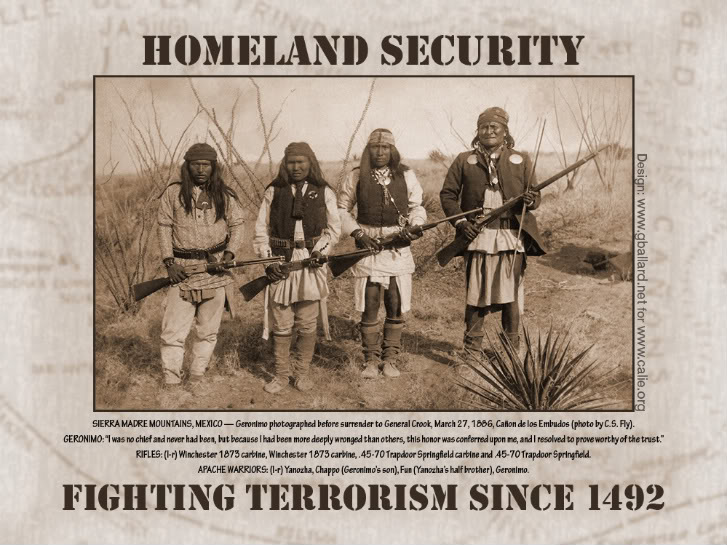The Preferred is in the Eye of the Beholder
Posted on December 13, 2010 | posted by:“Design is the process of planning and devising how we transform existing into preferred situations.“ -Herbert Simon, Sciences of the Artificial
Statements such as this seem to illuminate why the 21st century is all about design. Many of us in the “developed Western world” are beginning to recognize the errors of the past as we witness many of our societal systems—education, health care, justice—fall apart before our eyes. It appears most of these systems, which should be considered one approach, or one design to a wicked problem, were either not built to last this long, or weren’t designed properly in the first place. We are in desperate need of rethinking and redesigning the foundation upon which we function as a society.
We are told on a daily basis that the way we are living now is not the preferred way. The goal seems to be to get to the preferred, which ranges from — more environmental, more connected, more meaningful, more inclusive, more sustainable, more self-sufficient, more private, more options, more quick, more better, etc.
The problem with this rationale is that it demands continuous action with no measurement for success. How do we know when we’ve reached the preferred? Have humans ever reached a preferred state? Or is it our natural inclination to always evolve beyond where we presently are? Do we even know what preferred means? Why do we always assume the preferred is coming? Is it possible that the preferred has already come and gone? Or is the preferred situation merely a light at the end of a never-ending tunnel of “existing situations,” calling us forward but never shining upon us?
Essentially, capitalism is sustained through the mentality that the preferred is always just around the corner. This reasoning serves as the crux of most marketing schemes—if you had this item, your life would be better. Therefore, you need this item. The definition of “better” obviously changes depending on the product, but better is always the point. Better can mean easier, better can mean faster, better can mean more noticeable, better can mean cheaper, better can me more expensive, better can mean more connected; basically better can mean anything depending on who’s defining it.
If design is the process of planning and devising how we transform existing into preferred situations, could we then make the argument that colonialists were designing when they traveled to nations other than their own, told the people of those nations that their existing lifestyle was not preferred and then imposed their “preferred” lifestyle onto them? Is that design? Or does this not serve as a proof that the “preferred situation” is always in the eye of the beholder? One person’s existing can be another person’s primitive. Just as one person’s preferred can be another person’s hell.
If design is going to claim its purpose based on the preferred, it would suit it well to define exactly how one goes about measuring the preferred. Otherwise, it’s just all a matter of perspective.
